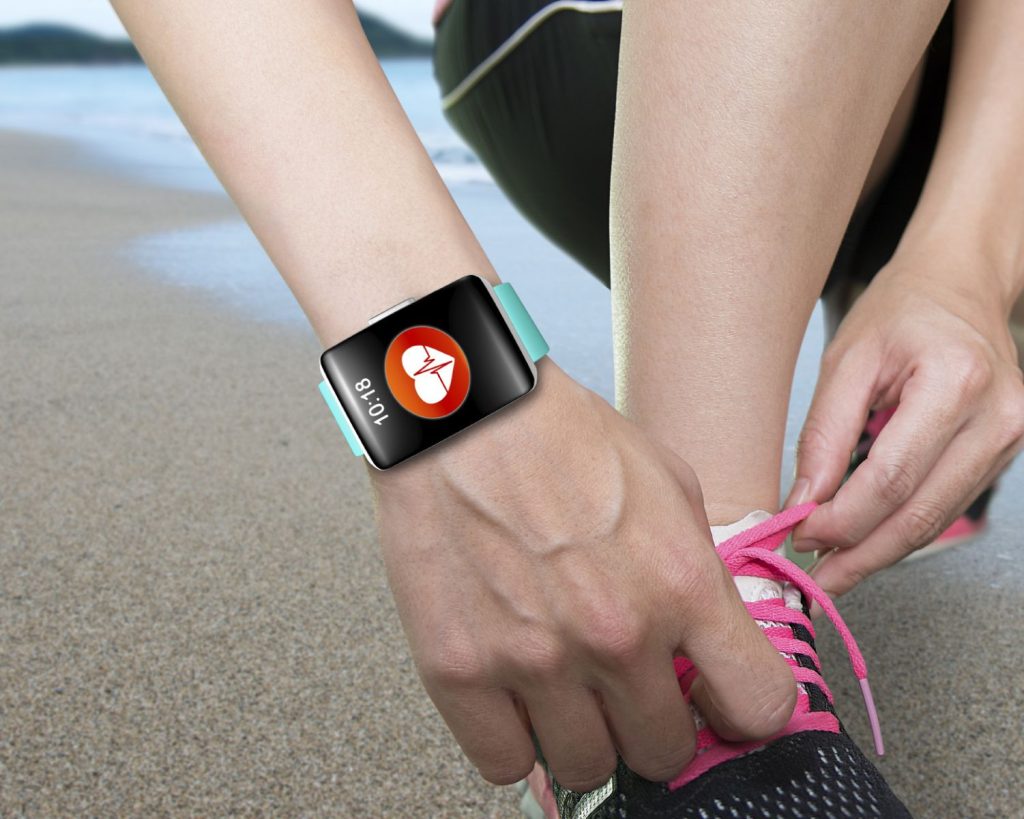Over the last few years, I’ve seen how home fitness technology has completely transformed the way we approach workouts. Gone are the days when keeping fit meant long commutes to the gym, strict class schedules, or relying on guesswork to measure progress. Today, I can count my steps on the go, track my heart rate, and even join a workout class right from my living room. Fitness is no longer confined to a physical space. It has become more accessible, flexible, and personal, thanks to technology.
Step Counting and Wearables
One of the simplest yet most powerful innovations in home fitness technology is the ability to count steps. With my smartwatch, I can see how many steps I’ve taken before lunch, and it pushes me to keep moving throughout the day. Step counting has made fitness measurable in a way that feels encouraging instead of overwhelming. It’s like having a little coach on my wrist reminding me to walk instead of taking that boda or matatu for a short distance.
Wearables don’t just track steps. They monitor sleep, calories burned, heart rate, and even stress levels. This kind of data gives me insights into my overall health, helping me adjust my lifestyle in small but impactful ways.

Fitness Apps and Online Classes
Another big change driven by home fitness technology is the rise of fitness apps. Whether I want to do yoga, high-intensity interval training (HIIT), or guided meditation, there’s always an app for it. These apps often come with video tutorials, structured programs, and community challenges that keep me accountable.
On days when I don’t feel like leaving the house, I can simply roll out a mat and join a virtual class. I don’t have to worry about fitting into someone else’s schedule — I can work out at my own pace and time. This flexibility has made fitness feel less like a chore and more like a lifestyle.

Smart Equipment at Home
Home fitness technology has also given rise to smart equipment. From treadmills with built-in screens that let you “run” through scenic routes across the world to stationary bikes that connect you with global communities, technology makes exercise exciting and interactive.
Even resistance bands and jump ropes now come with smart sensors to track form, speed, and intensity. These tools bring the gym experience right into our homes while offering real-time feedback.
Virtual Communities and Motivation
Staying consistent with fitness is often the hardest part. This is where home fitness technology has been a game changer. I can share my progress online, join step challenges with friends, or participate in global fitness events without leaving my estate.
There’s something powerful about knowing you’re not alone in your fitness journey. Technology has created spaces where people encourage each other, share struggles, and celebrate wins together. This sense of connection adds a layer of motivation that keeps me going, even on the tough days.
Personalized Fitness
What I love most about home fitness technology is how it personalizes fitness. My wearable can tell when I’ve been inactive for too long, apps recommend workouts based on my goals, and smart devices adapt to my fitness level. It feels like having a personal trainer without the heavy costs.
With artificial intelligence (AI) becoming part of many apps, the future looks even brighter. Imagine an app that not only tracks your progress but also learns your habits and designs customized programs that evolve with you. That’s where we’re headed.
Why It Matters
For many of us juggling work, family, and community commitments, fitness can easily take a back seat. Home fitness technology makes it possible to integrate exercise into daily life without feeling like an extra burden. Whether it’s counting steps on my morning run, joining a 15-minute YouTube workout, or tracking my sleep patterns, I feel more in control of my health.
By Ruth Gachau




